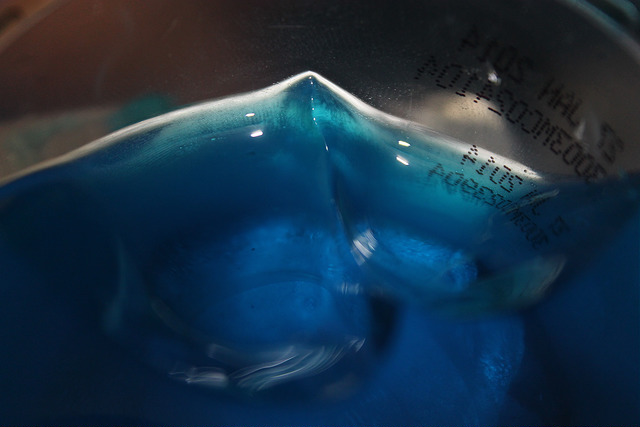Possibly the greatest danger to the successful implementation of a plan is the people putting it into to practice. Bad management, inattention to details and simple stupidity can all lead to a once controllable situation descending into chaos. This is a risk with well understood technologies; this risks are greater still when magic is involved.
Fantasy Apocalypse
The third in a series of posts exploring how real world disasters may be used in fantasy tabletop RPGs.
The noble Knights of Gold brought down the mad lich witch Paubi after a year long campaign. The lich’s designs were undone, but their undead army continued. It came to halt in the middle of the countryside where it stood, waiting for further orders that would never come. The million strong hoard reacted viciously to anything living that approached it but otherwise simple stood there, rotting. Rather than risk the effects of magics powerful enough to destroy the army in one go, the local lords declared an open season. All who wanting to test new weapons or spells were free to do so, provided it reduced the number of undead.
One such weapon was a gloop of magically alter slimes. To make them effective on a battlefield, these slimes are more aggressive and more acidic. When they were let loose on the stalled undead, they quickly dissolved the corpses by the hundred. The army left the slimes alone as to their limited understanding they were not living creatures. So highly acidic are the slimes that all they leave behind are pitted metals. Pleased with the tidy results, the lords paid the slimes’ designer to dispose of the what was left of Paubi’s army.
Quest Hook – The party have been hired by the newly rich slime designer for the tedious task of moving on the slimes to the next platoon of undead, least they start to dissolve the ground. This should be easy money, particularly as the lich’s unguarded castle is just the next valley over. What could possibly go wrong in such a short time?
The fatal flaw in the enchantments was that they did not prevent the slimes from splitting. With a million corpses to feed on, they quickly increased in size and began to fragment. Each fragment in turn then gorged itself on undead before it too fragmented. The controlling enchantments were never meant to hold so many creatures under their sway and snapped. Not that the original designer told anyone, as they had departed days before to sell their product to the warring nations in the east. Amidst the million strong host of undead, the slimes multiplied unmolested. Weeks later they emerged, their hunger unsated.
The slimes are now mobile lake of aggression and acid. It’s moving across the landscape, feeding on whatever it encounters because that’s all it knows to do. What’s left behind is a landscape scoured of anything organic. What soil that has not been outright absorbed has been stripped of all organics, leaving merely sand and clay behind. Three towns have already been destroyed with nothing left behind but pitted and misshapen stone. The slimes are not spreading out in all directions evenly, but are guided by the terrain. Like water they seek paths of least resistance so that the lake is heading downhill towards a sea two thousand miles distant.
Quest Hook – The residents of Hombelond have no desire to abandon their village, despite the oncoming danger. They plan to hide behind levees that they’ve been assured are high enough and thick enough to divert the slimes away like a flood. The party, being the lowest bidders, have been sent to Hombelond with a wand of earth moving to reinforce the simple earth mounds built by the villagers. Hopefully the know what they’re doing.
Quest Hook – The slime’s designer has finally been found. The party will need to gather powerful sources of magic to fuel the reapplication of the control enhancements. Hopefully there’ll be no side effects of the slimes having consumed the necromantic enchantments that bound and fueled Paubi’s army. They last thing anyone wants is to be haunted by ghost slimes under the control of a mad lich.
Image Credit – Slime by Sam Watterson – CC-BY-SA-2.0

